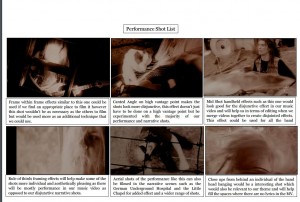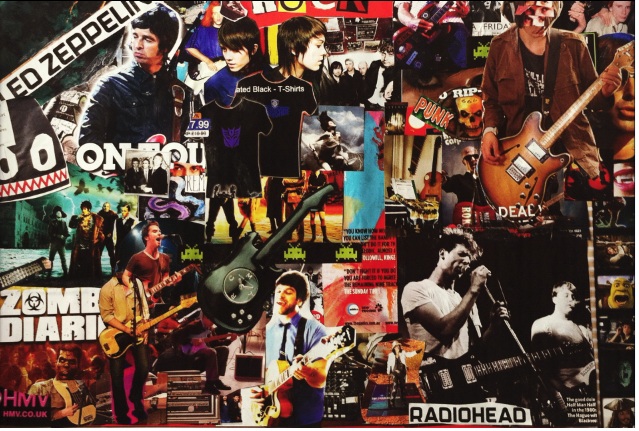Instead of a written list of shots we want you to create a visual shotlist of the kind of shots you want to include in your performance shoot. Now that you have filmed a very short performance sequence, you know how many shots you need just to get coverage.
However, certain genres rely specifically on certain shots as part of the repertoire of elements. For example heavy rock might be canted, hand held camera shots with whip pans a plenty. Indie acoustic might be much smoother, longer, pull focus shots.
You should study other bands of a similar genre and collate @ 10 screen shots of conventional shots, frames, angles they use in their performances. You should look at at least 3 – 4 other music videos and use shots from these. You will then title the shots with an explanation of the shot i.e. close up of guitarist’s instrumental mastery; whip pans between band members looking at each other; master long shot of band performing as a unit; mid shot pan of band members; extreme close up of lead singer’s expressive face and vocals etc.
Clearly a lot of the energy and dynamics will come from the edit in post-production but you will need a variety of shots of the performer from different angles with different movement to give yourself adequate footage.
Remember: take at least 2 cameras for your performance shoot and get the band to sing the song several times through and take complete footage of the song being performed from different angles, distances and with different movement.
Also think about shots where movement happens through the frame…i.e. feet or people walking across the screen? What about POVs, hand held, canted, whip pans, pulling focus?
Take a printed version of the screen shots out with you to remind you of what you need to shoot in order to create the right vibe, look and energy. Also take a list of specific shots you need to help create energy and star image.
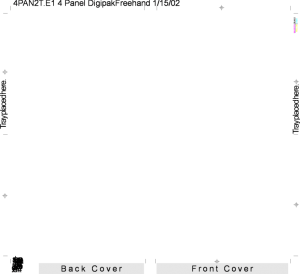
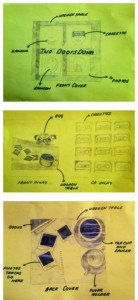
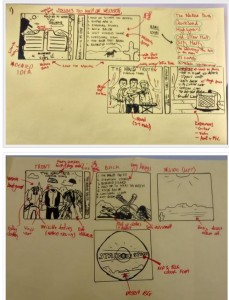
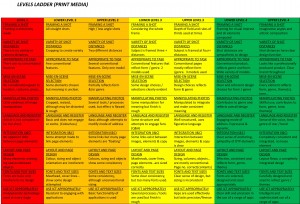


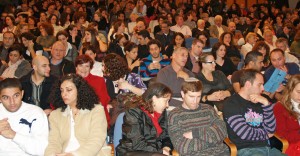 , if you don’t understand your target audience and their preferences your music video will not be a commercial success.
, if you don’t understand your target audience and their preferences your music video will not be a commercial success.
